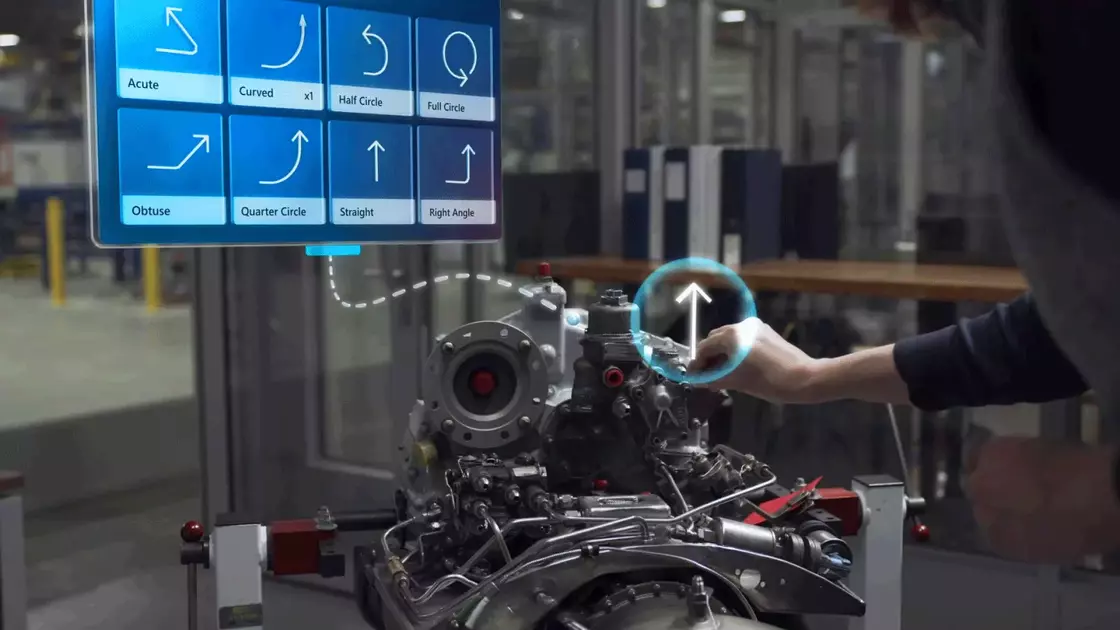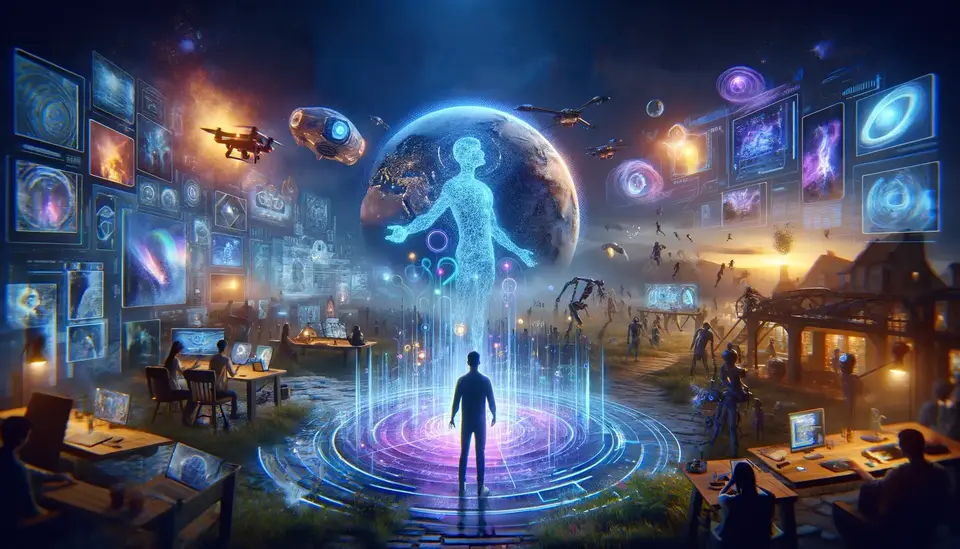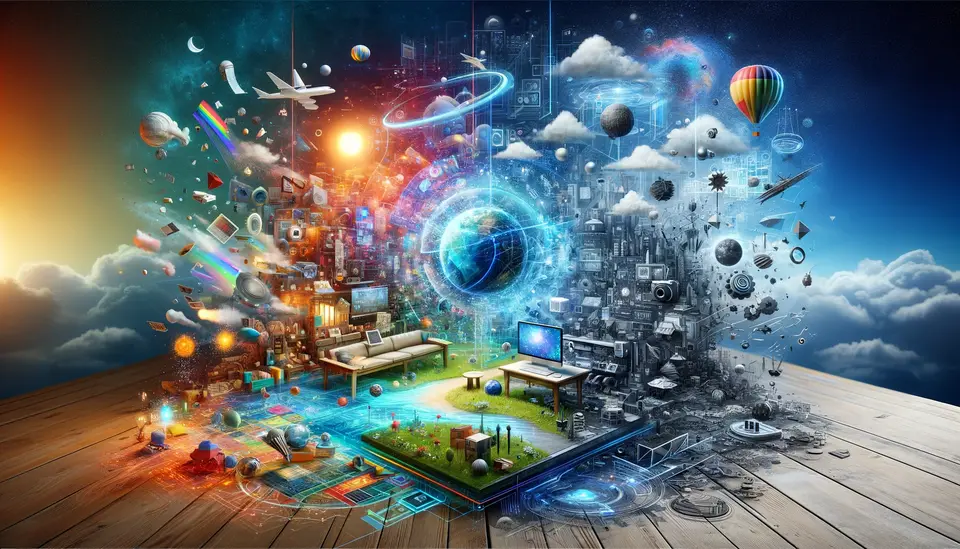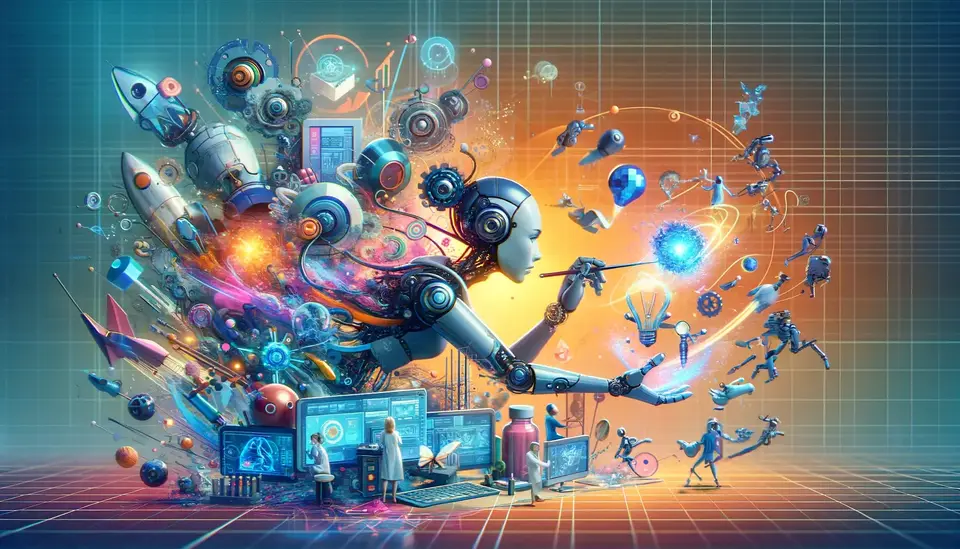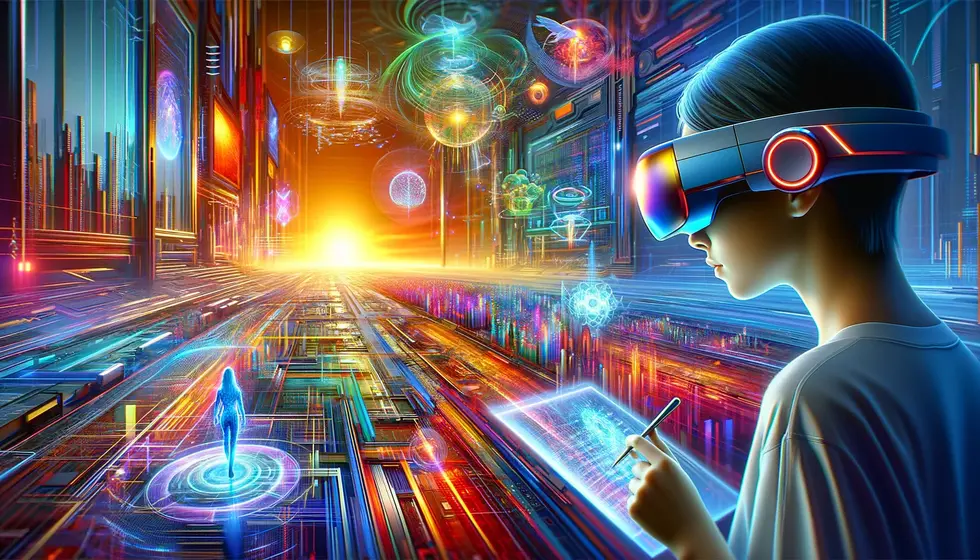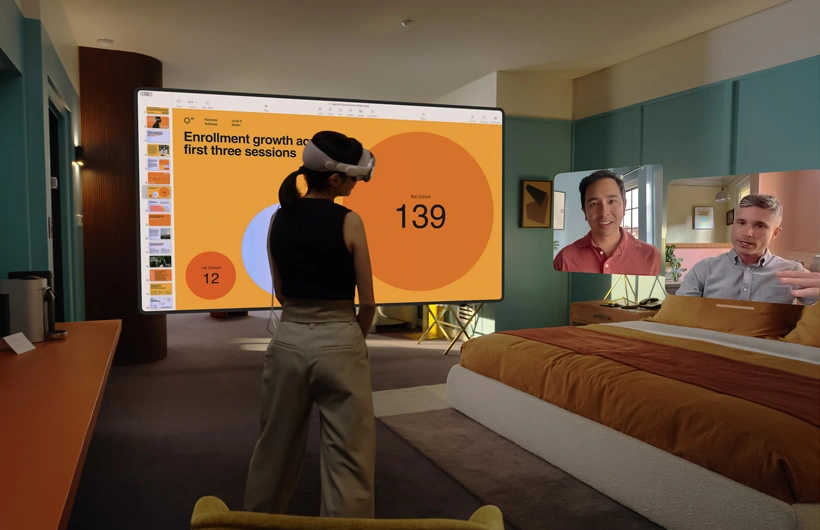How can Mixed Reality improve your business?
Posted on April 25, 2023 3 minutes 542 words
Table of contents
In today’s fast-paced business world, staying ahead of the curve means embracing emerging technologies. One such technology is Mixed Reality (MR), which combines elements of the physical and digital worlds to create immersive experiences. By leveraging MR, companies across various industries can revolutionize the way they operate, collaborate, and interact with their customers. In this blog post, we’ll explore the ways MR can transform your business, providing real-world examples to illustrate the potential of this cutting-edge technology.
Enhancing Collaboration and Communication
Gone are the days when colleagues had to be in the same room to collaborate effectively. With MR, remote workers can participate in virtual meetings that feel just as real as in-person gatherings. For instance, Spatial, a mixed reality platform, allows users to create shared virtual workspaces where teams can brainstorm, present ideas, and review 3D models in real-time.
MR also improves communication by enabling users to interact with 3D models and data visualizations, making complex concepts easier to understand and facilitating better decision-making. This is particularly valuable for industries like architecture, engineering, and construction, where effective communication of design ideas is crucial.
Streamlining Training and Education
MR can revolutionize employee training by creating realistic simulations that allow users to practice skills in a safe, controlled environment. For example, medical students can use MR to perform virtual surgeries, while mechanics can practice their skills on virtual car engines. By providing hands-on experience without the risks associated with real-world scenarios, MR-based training leads to increased knowledge retention and faster skill development.
In addition to improved learning outcomes, MR-based training can also save companies money. By reducing the need for physical resources and travel expenses, businesses can invest in more efficient and scalable training programs.
Enhancing Product Design and Development
MR can help streamline the product design and development process by allowing designers to work with virtual 3D models. For instance, Ford has used Microsoft’s HoloLens to visualize full-scale car designs, enabling designers to quickly iterate and make improvements before moving on to physical prototypes. This accelerates the development process while minimizing costs.
Virtual testing through MR also helps companies identify potential design flaws and optimize products before they enter production, reducing the chances of costly recalls and customer dissatisfaction.
Revolutionizing Marketing and Sales
MR has the power to create unforgettable customer experiences. By offering interactive product demonstrations and virtual showrooms, businesses can engage customers like never before. Retail giant IKEA, for example, has used MR to create a virtual showroom that allows customers to place furniture in their homes, providing a unique and personalized shopping experience.
Improving Customer Support and Service
MR can enhance customer support by providing remote assistance, where service representatives overlay digital information onto a customer’s real-world view to diagnose and troubleshoot issues. Companies like Bosch have utilized MR to provide remote assistance to technicians, increasing first-time fix rates and customer satisfaction.
Conclusion
Mixed Reality has the potential to reshape the business landscape, offering exciting opportunities for companies across industries. By embracing MR and its numerous applications, businesses can improve collaboration, streamline processes, and create memorable customer experiences. So, take the leap into the world of MR and unlock the transformative potential of this technology for your company.

